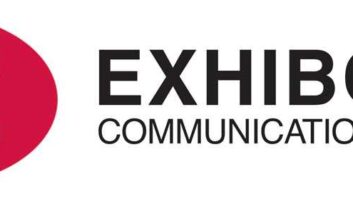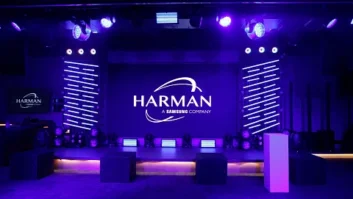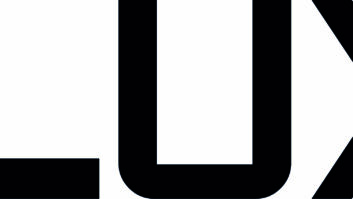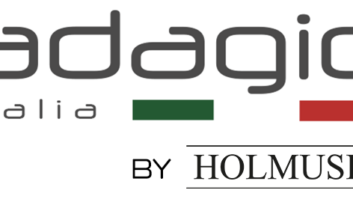
I suppose it was the Si Performer console that gave the first inkling. In August 2012, Harman’s Soundcraft division launched an audio console that can also be used to control lighting, via DMX. I was talking to Soundcraft Studer president Andy Trott at the launch, and asked him how this move fitted in with Harman’s corporate objectives. After a thoughtful, and not entirely comfortable, pause, he said: “One of our mission statements is to expand our business. We are looking for not just new vertical markets, we are looking for horizontal areas to spread into. This is us spreading our wings a bit.”
A few months later, Harman spread its wings rather more decisively into the world of lighting when it acquired Martin Professional – and Trott’s discomfort at my question seemed more understandable. And then Harman acquired Duran Audio last October, rolling the manufacturer’s directional loudspeaker technology into the JBL brand.
And, of course, going further back, Harman has purchased other complementary brands, such as loudspeaker manufacturer Selenium.
The financial markets clearly approve of what Harman is doing: its share price has nearly doubled over the past year. However, the news of the AMX acquisition barely troubled the financial markets – there was no significant effect on its share price. Chuck Anspacher, managing editor of our sister title SCN, explained:
“What does this tell us? It tells us that the analysts on Wall Street don’t see that having a significant impact on Harman’s overall business. And if you look at where Harman makes all their money – namely in places other than pro AV–they’re right.”
Anspacher was referring to Harman’s presence in automotive audio, which is much larger than in pro AV. Harman CEO Dinesh C Paliwal said in the press announcement: “Harman is the leader in smart connectivity. Our vision is to extend our reach beyond the car into the enterprise, where we already have a substantial audio presence.” The phrase ‘smart connectivity’ is important here – Harman clearly believes that AMX’s technology is the key to leveraging the performance of its pro audio (and probably lighting) brands, replicating its success in automotive within the pro AV space.
Incidentally, Garry Kayye of rAVe drew an interesting conclusion about the finances of privately held AMX based on the value of the deal:
“One interesting thing that should be noted from this is how much Harman paid for AMX. I think most people believe AMX was much larger than it really was. Based on this purchase amount, it appears that AMX is about 25% the size of Crestron and likely doing one-sixth of the amount of business Extron is doing.”
Another dimension of the deal – access to international distribution networks – was considered by David Keene of NewBay Media’s AVNetwork. He wrote:
“The acquisition of Martin Lighting was a lot about Harman leveraging their massive distribution system in overseas markets to bring a new product category – theatrical lighting– into that system, not just into the crowded US or northern European markets. It’s no secret that the BRIC countries in particular are top of Harman’s mind as they expand. This is true for all their brands, and it will be true for AMX.”
So while it didn’t hit the mainstream financial media, the Harman-AMX deal is one of the biggest stories in our industry for quite some time. We can only speculate whether further industry consolidation will follow.
Paddy Baker – Editor, Installation







